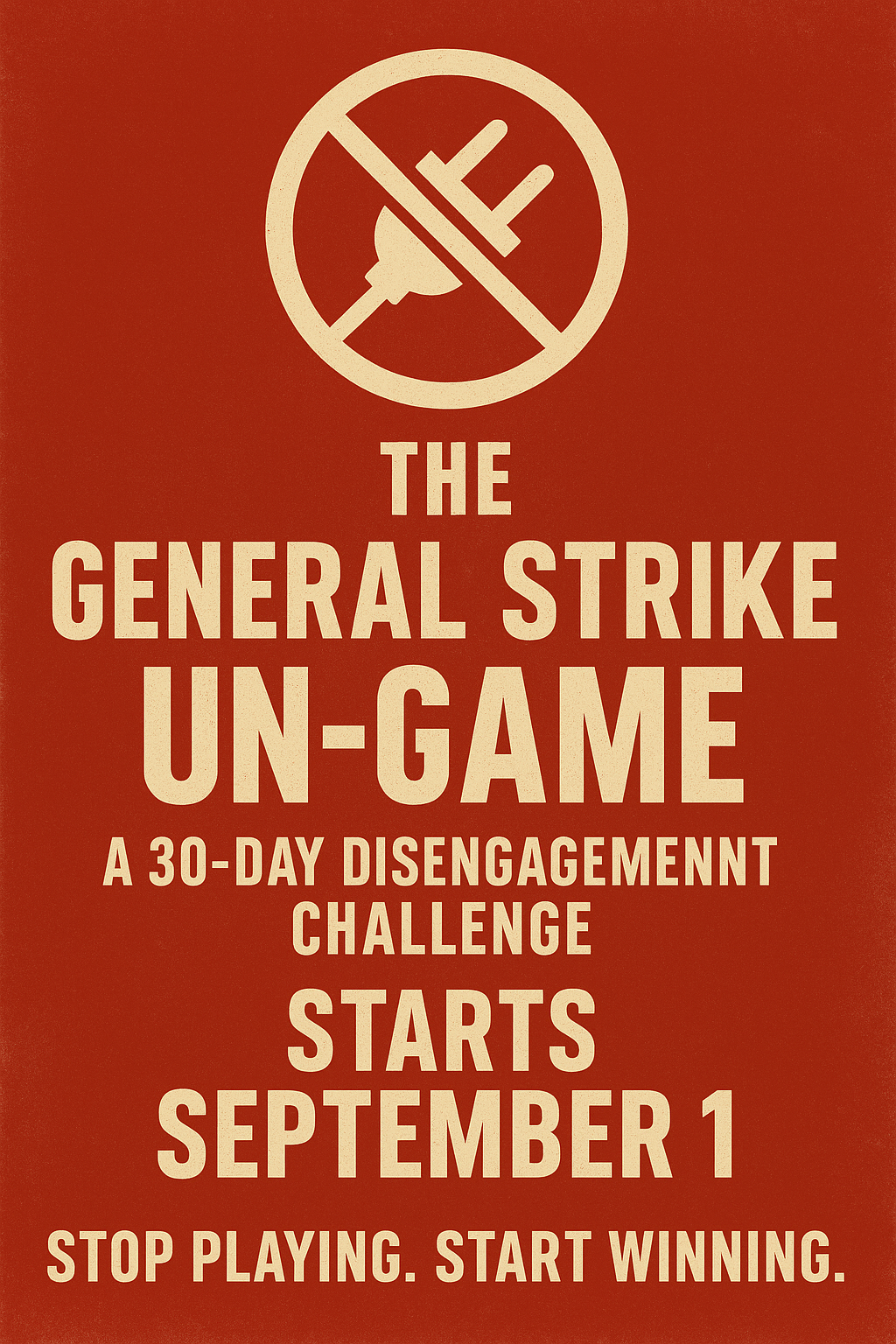Where Your Rights Are Strongest
Your rights are strongest in “traditional public forums” — streets, sidewalks, and parks. You also typically have the right to speak out on other public property, such as plazas in front of government buildings, provided you do not block access to the building or interfere with its intended use.
Private property owners may set their own rules for speech on their property. The government cannot restrict speech if it is taking place on your property or with the owner’s consent.
Protesters and Counter-Protesters
Counter-protesters have the same free speech rights as protesters. Police must treat both groups equally. Law enforcement may keep opposing groups separated for safety but should allow them to remain within sight and sound of each other.
Photography and Recording
When you are lawfully present in any public space, you have the right to photograph or record anything in plain view — including federal buildings and police officers.
On private property, the owner can set rules about photography or video.
Permits and Marching
You do not need a permit to march on streets or sidewalks, as long as you are not blocking car or pedestrian traffic. Without a permit, police may direct you to the side of a street or sidewalk to let others pass or for safety reasons.
If You Believe Your Rights Were Violated
- Write down everything you remember — including officers’ badge numbers, patrol car numbers, and agency names.
- Gather contact information from witnesses.
- Take photographs of any injuries.
- File a written complaint with the agency’s internal affairs division or civilian complaint board.
If Police Issue a Dispersal Order
Dispersal orders should be a last resort and may only be issued if there is a clear and present danger of riot, disorder, traffic interference, or other immediate threats to public safety.
If given:
- Officers must give clear, detailed notice of the order.
- They must allow a reasonable opportunity to comply, with enough time and a clear exit route.
- Individuals must be told:
- How much time they have to disperse
- The consequences for not leaving
- Where they can safely exit
Source:
This information is adapted from the American Civil Liberties Union’s Protesters’ Rights Guide. For more comprehensive information, consult resources from the ACLU, the Freedom Forum, and the Constitutional Protest Guide.
The information provided on this website is for educational and informational purposes only. This information is not intended to be taken as legal, medical, or professional advice. The views expressed are those of the author(s) and do not necessarily reflect those of the company or its affiliates. Visitors are encouraged to conduct further research and consult with relevant professionals.



 No products in the cart.
No products in the cart. 